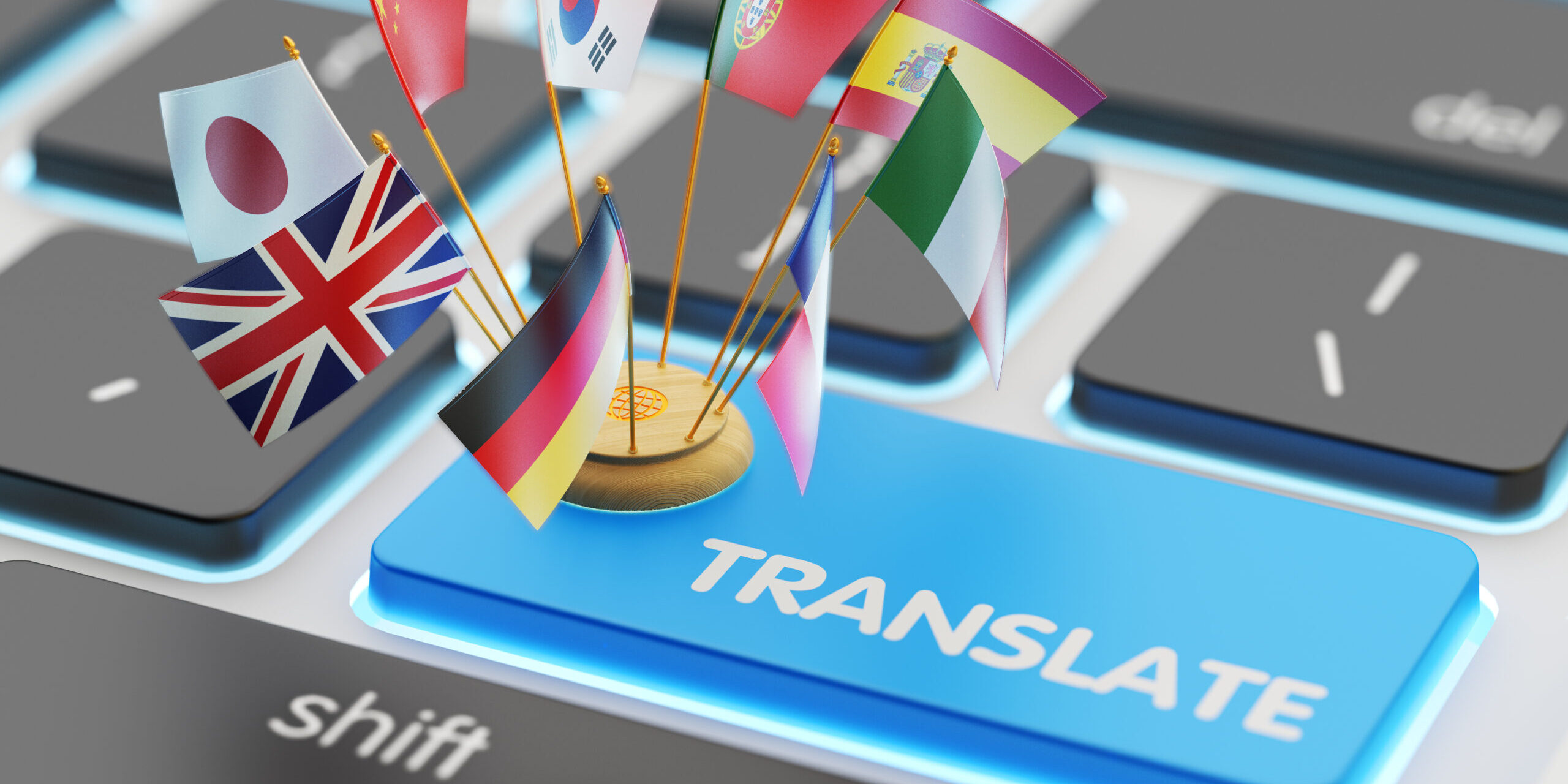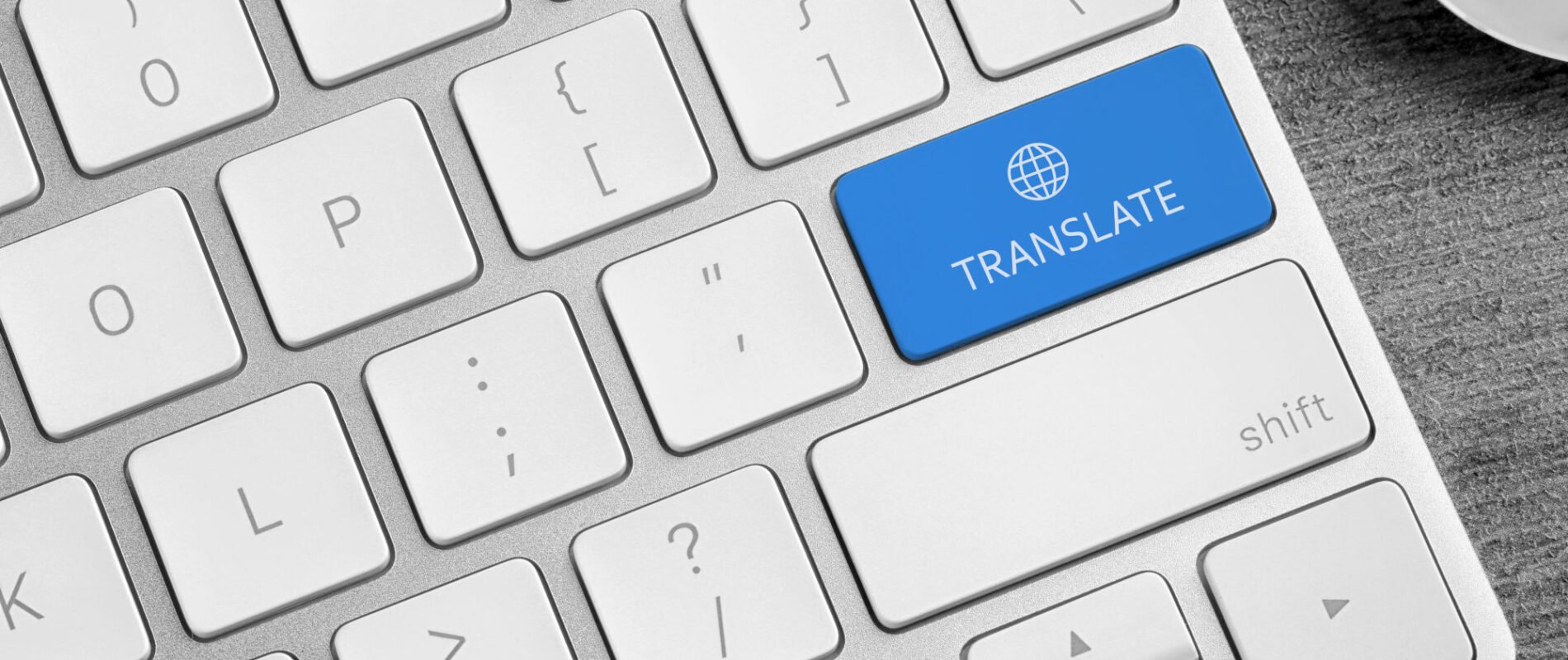Expanding your business globally is an exciting leap, but it's fraught with hidden pitfalls that can derail even the most ambitious plans. Imagine pouring resources into a new market only to watch your brand flop because of a simple oversight in how your message lands locally. According to a report by Common Sense Advisory, companies that invest in localization see a 2.5x increase in revenue growth compared to those that don't—but get it wrong, and you could face costly rebrands or lost market share. In fact, Harvard Business Review notes that cultural missteps in international marketing have led to failures for giants like Pepsi and KFC in various regions. If you're part of a team pushing for global growth, recognizing these localization blunders early can save your company time, money, and reputation. Let's dive into five common mistakes and practical ways to sidestep them.
Mistake 1: Translating Text Without Adjusting UI/UX
It's tempting to think localization is just about swapping words from one language to another. But when text expands or contracts—German phrases can be 30% longer than English ones, for instance—your app or website layout can break, leading to cluttered interfaces or cut-off buttons. This not only frustrates users but can tank conversion rates. A study by CSA Research found that 75% of consumers prefer to buy products in their native language, yet poor UI adaptations often make sites feel unprofessional and alienating.
To avoid this, start by conducting a thorough internationalization audit before translation. Use flexible designs like CSS grids that accommodate varying text lengths, and test prototypes in target languages early. Tools like Figma or Adobe XD can help simulate these changes. Partnering with experts who handle both linguistic and technical aspects ensures seamless integration—companies like Artlangs Translation, with over a decade of focus on multilingual projects and expertise in 230+ languages, have helped numerous clients refine UI/UX through their proven case studies in app localization.
Mistake 2: Brand Names or Slogans That Backfire in Target Languages
Your clever brand name might evoke trust at home, but in another language, it could spell disaster. Classic examples abound: Chevrolet's Nova famously translated to "no va" (doesn't go) in Spanish-speaking markets, stalling sales. Or consider how Pepsi's "Come alive with the Pepsi Generation" slogan was rendered in China as "Pepsi brings your ancestors back from the grave," which understandably horrified consumers. These gaffes aren't just embarrassing; they can erode brand equity overnight, with research from Nielsen showing that 60% of global consumers avoid brands that don't resonate culturally.
The fix? Run comprehensive linguistic and cultural checks during branding phases. Engage native speakers for focus groups and use tools like trademark databases to scan for unintended meanings. For complex campaigns, consult specialized firms. Artlangs Translation, boasting a track record of successful global adaptations across diverse markets, can provide in-depth reviews to catch these issues, drawing from their extensive portfolio of over 230 languages.
Mistake 3: Images and Colors That Clash with Cultural Norms
Visuals speak louder than words, but what works in one culture might offend in another. Red symbolizes luck in China but danger in the Middle East; owls represent wisdom in the West but death in parts of India. HSBC once had to rebrand after a campaign featuring a "worldwide" image that included elements insensitive to local customs, costing them millions. Gallup polls indicate that culturally attuned marketing boosts customer loyalty by up to 20%, underscoring why ignoring this can alienate audiences.
Steer clear by building a cultural intelligence framework. Research symbols, colors, and imagery through resources like Hofstede's cultural dimensions or local market surveys. Replace generic stock photos with region-specific ones, and always A/B test visuals. For deeper insights, team up with localization pros who understand nuances—Artlangs Translation's years of experience and impressive case studies in visual adaptation for international clients make them a go-to for ensuring your imagery lands right in any of their 230+ supported languages.
Mistake 4: Overlooking Formats for Dates, Currency, and Addresses
Small details like date formats (MM/DD/YYYY vs. DD/MM/YYYY) or currency symbols can confuse users and lead to errors in transactions or scheduling. Imagine a U.S.-based e-commerce site displaying prices in dollars without local conversions—users in Europe might abandon carts, contributing to the 70% cart abandonment rate reported by Baymard Institute, often tied to localization gaps. Similarly, mismatched address formats can botch deliveries, frustrating customers and harming reviews.
Prevent this by implementing adaptive formatting libraries like Moment.js for dates or Intl.NumberFormat for currencies in your code. Automate localization with APIs from services like Google Cloud Translation, but always verify with human input. A solid strategy includes creating locale-specific style guides. Experts at firms such as Artlangs Translation, with their mastery of 230+ languages and a history of flawless executions in e-commerce projects, can streamline these technical tweaks through tailored solutions.
Mistake 5: Skipping Professional Review from Local Markets
Relying solely on machine translation or non-native reviewers often misses subtle idioms, tones, or legal nuances, resulting in awkward or inaccurate content. Airbnb learned this the hard way when early translations in non-English markets felt off, impacting user trust. Data from the Localization Industry Standards Association (LISA) reveals that professionally reviewed content improves user engagement by 40%, highlighting the risk of cutting corners here.
The solution lies in building a review pipeline with native experts from the target region. Use collaborative platforms like MemoQ for iterative feedback, and incorporate user testing post-review. For comprehensive support, look to seasoned providers—Artlangs Translation stands out with its multi-year dedication to high-quality translations, backed by successful cases across industries and proficiency in over 230 languages, ensuring your content feels authentic and effective.
Global expansion doesn't have to be a minefield if you prioritize thoughtful localization from the start. By addressing these mistakes head-on, you'll build stronger connections with international audiences and drive sustainable growth. Ready to elevate your strategy? Contact Artlangs Translation today for a complete localization solution tailored to your business needs—we're here to help you navigate the world with confidence.











